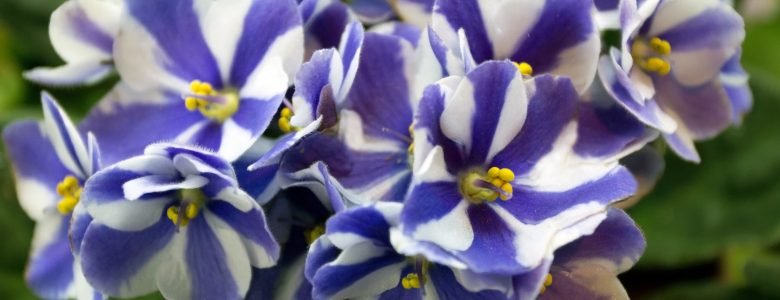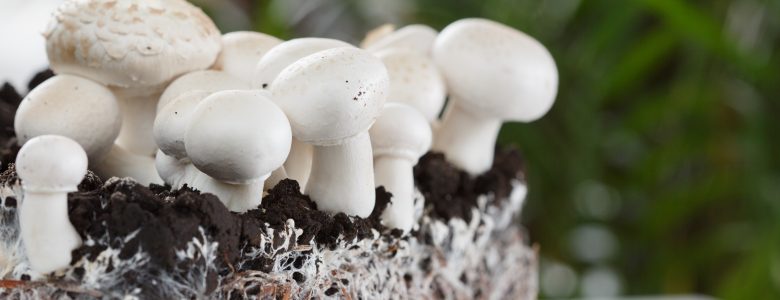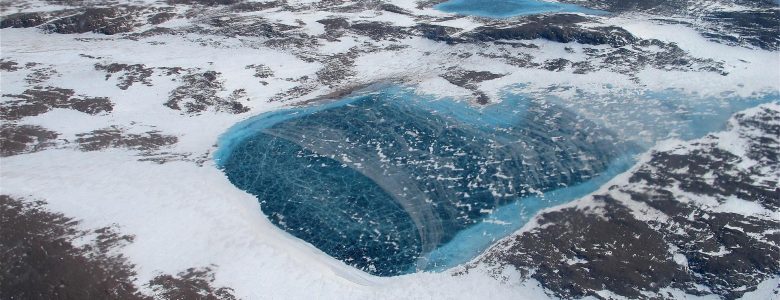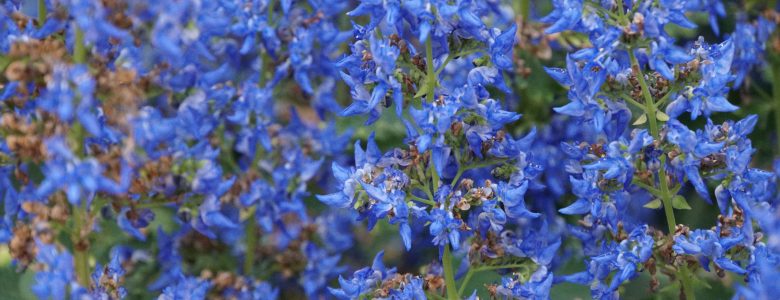June 8, 2020
How to Recycle Clothes Ecologically by Teresa Maria

Teresa Maria of Outlandish Blog tackles the environmental pitfalls of the fashion industry and teaches us how to recycle our clothes sustainably.
a burgundy zine
June 8, 2020

Teresa Maria of Outlandish Blog tackles the environmental pitfalls of the fashion industry and teaches us how to recycle our clothes sustainably.
June 6, 2020

Experts at Comfy Living share 20 intriguing facts about gardening to get your green thumbs wiggling.
May 30, 2020

Austin Stoltzfus sheds light on the possibility that we’re simply puppets to mind-controlling parasites.
May 28, 2020

By: burgundy bug
“The Burgundy Zine #15: Go Green”
Source: The Burgundy Zine
May 24, 2020

Poet Mahik’s shares an eye-opening poem, written from the perspective of mother Earth.
May 20, 2020

With showy blossoms ranging from blue to burgundy and white to green, it’s no wonder African violets (Saintpaulia Ionantha) are among the most popular houseplants across the world.
When gazing upon these vibrant, vivacious “violets” with their pinwheel stripes or “fantasy speckles,” one can’t help but wonder, “How the hell did we get here?”
The answer lies in almost a century of hybridization, accented and accelerated by a few decades of chemical mutagens and radiation, according to a 2017 Folia Horticulturae review.
May 18, 2020

Red speckles and poofy, majestical shapes that appear to be pulled straight from a fairy tale are most likely at the forefront of your mind when you think of mushrooms – or, perhaps, some colorful, swirly-whirly imagery and “hippie babble” come to mind.
But there’s far more to mushrooms than meets the eye. Mycelium, the vegetative part of fungi that forms during the hyphae growth stage of mushrooms, has piqued the interests of researchers around the globe.
In recent years, scientists have put mycelium under the microscope due to its physical strength and pharmacological properties. This has opened the floodgates for mycelia to serve as a natural construction compound for building houses or creating new medicines.
May 13, 2020

Last year saw record-breaking ice melt events in Greenland, with the largest island on Earth yielding a net ice loss of over 300gt, according to the National Snow & Ice Data Center.
To put this into perspective, a gigatonne is 1,000,000,000 metric tons, and a metric ton is equal to 1.10231 US tons. 300gt is roughly 330.7 billion US tons. Here, try out the conversion for yourself. We’ll wait.
However, last year was only the seventh-worst year for ice melt in Greenland. Data from the NSIDC shows 2012 had the highest ice melt, but melt had significantly decreased by 2013 – that isn’t to say conditions weren’t a cause for concern, but they had “chilled out” in comparison to 2012.
So, is there a chance 2020 might spare a little mercy towards Greenland? Well…
May 11, 2020

Bodies of water dry up before our eyes. Temperatures rise and the heat grazes our skin. We hear the calls of stray wildlife forced out of their natural homes by land development in our backyards. We can smell toxic pollutants and have learned to idolize “fresh air.” Contaminants slither into our rivers and we ingest them through dishes of fish delicacies.
Climate change is happening all around us, and yet, many individuals surveyed during the 2012 to 2016 California droughts felt the situation and climate change were a “distant” problem that didn’t directly affect them.
“Even in more directly affected places, there was often reference to the drought having a greater impact ‘elsewhere’ in the State,” the study explains.
April 30, 2020

Blue is all around us, from the oceans to their reflection in the sky, but it’s very rare that you’ll see blue anywhere else in nature – unless you’re flipping through a Dr. Seuss book.
Wildflowers sporting a bluish-hue, which includes purple and violet flowers, only account for about 15 to 20 percent of all flower colors, says a 2018 Breeding Science journal review.
“Many ornamental plants with a high production volume, such as rose and chrysanthemum, lack the key genes for producing the blue delphinidin pigment or do not have an intracellular environment suitable for developing blue color,” the review explains.
While recent advancements in genetic engineering have allowed scientists to synthesize blue roses, chrysanthemums, orchids, and dahlias, the process isn’t as simple as “editing a few genes” (granted, gene editing isn’t such a simple process, either).